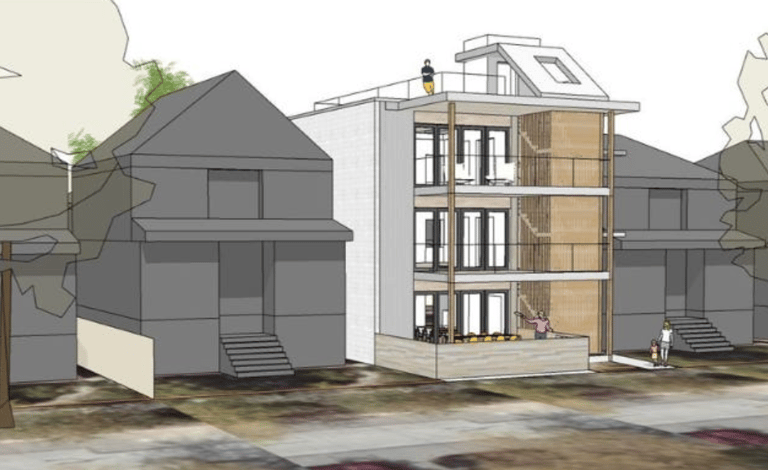Missing Middle Housing: A Solution to Toronto's Housing Crisis
This article explores how missing middle housing can effectively tackle Toronto's housing crisis by offering diverse and affordable living options. Discover how Portico Residential Corporation is at the forefront of this transformative movement, leading the way with innovative, medium-density, community-centric real estate developments.
ARCHITECTUREHOUSING CRISISREAL ESTATE DEVELOPMENTMISSING MIDDLE
Introduction
Toronto, Canada's largest city, faces a severe housing crisis characterized by skyrocketing prices, limited availability, and a lack of diverse housing options. The "missing middle" housing concept offers a promising solution, bridging the gap between single-family homes and high-rise apartments. This approach focuses on developing mid-density housing types, such as multiplexes, townhouses, and small apartment buildings, which can provide more affordable and diverse housing options within existing urban areas.




Understanding Missing Middle Housing
Missing middle housing refers to a range of multi-unit or clustered housing types that are compatible in scale with single-family homes and are typically found in walkable urban neighborhoods. These housing types were once common in cities across North America but have become increasingly rare due to zoning laws favoring either single-family homes or high-density high-rises. By reintroducing these human-scale housing forms, cities like Toronto can increase density without compromising neighborhood character.
The Need in Toronto
Toronto's housing market is under immense pressure, driven by population growth, urbanization, and limited land availability. Single-family homes have become prohibitively expensive for most residents, while high-rise living does not appeal to everyone, particularly families looking for more space and a sense of community. Missing middle housing can address these issues by providing a variety of affordable options that fit seamlessly into existing neighborhoods, making better use of available land and infrastructure.
Portico Residential Corporation: Leading the Change
At the forefront of this paradigm shift is Portico Residential Corporation, a developer dedicated to innovative, sustainable, and community-focused housing solutions. Portico has recognized the potential of missing middle housing to transform Toronto’s real estate landscape. By focusing on medium-density projects, Portico is creating vibrant, livable communities that cater to diverse needs.
Key Projects and Initiatives
Portico's projects emphasize thoughtful design, sustainability, and integration with the surrounding environment. Our focus areas include:

